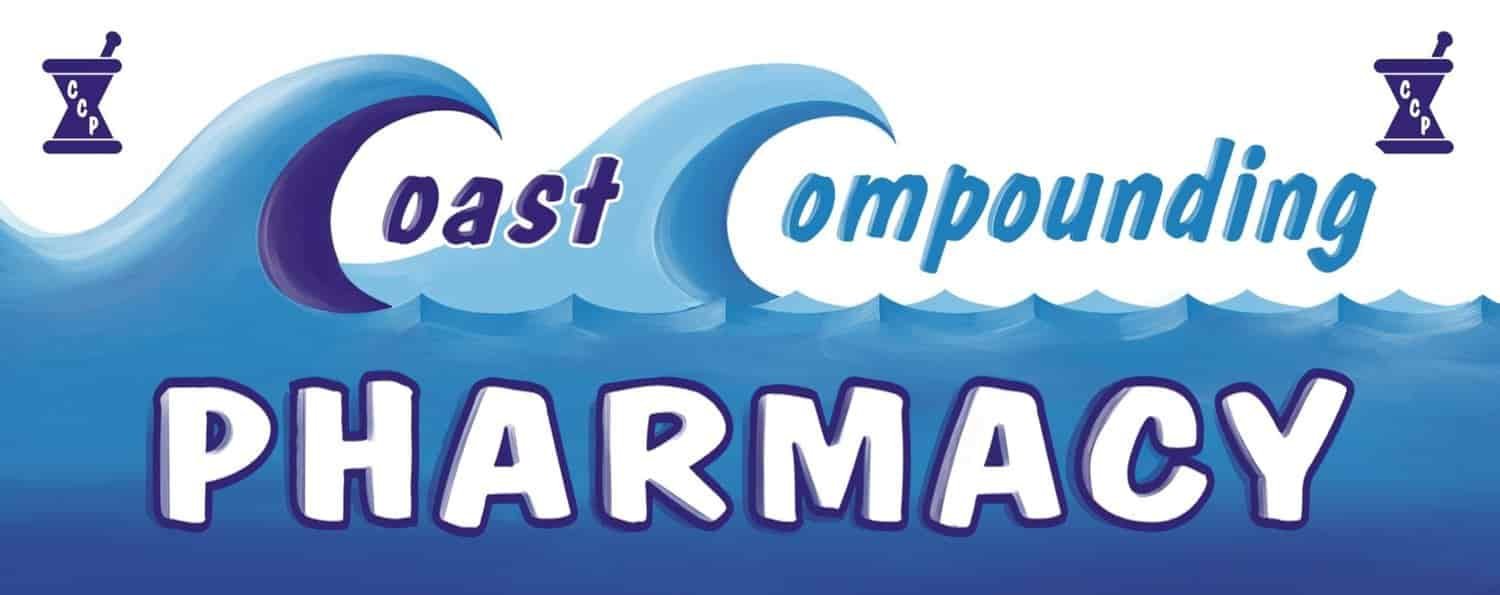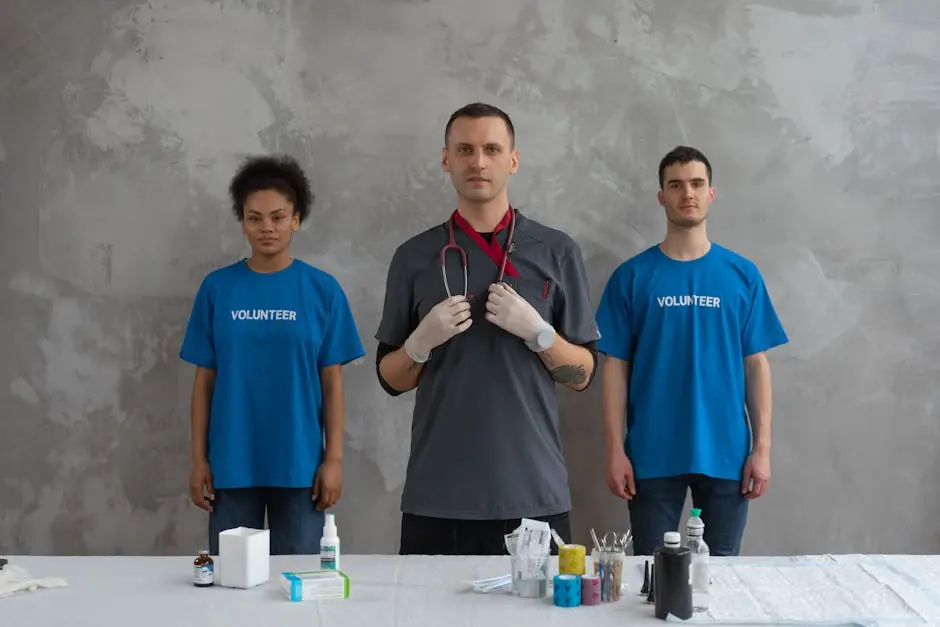Veterinary compounding is a specialized area of pharmacy that focuses on creating personalized medications for animals. With advances in veterinary medicine, the need for compounded medications, particularly for those with unique needs or sensitivities, has become increasingly important. This blog explores the significance of veterinary compounding, its applications, and how it helps improve the quality of life for our furry friends.
What is Veterinary Compounding?
Veterinary compounding involves the preparation of customized medications to meet the specific needs of animals. Unlike mass-produced pharmaceuticals, compounded medications are tailored in dosage, form, and flavor to suit individual patients.
This tailored approach is crucial, especially in cases where animals may have allergies or sensitivities to certain ingredients. For example, a dog that can’t tolerate standard pain relief medications may benefit significantly from a compounded alternative that avoids those allergens.
Moreover, veterinary compounding accommodates the varying sizes and species of animals. A single dosage form might work for a large breed dog but be unsuitable for a small breed puppy. Compounding makes it possible to create dosages that are just right for the size of the animal, thus optimizing treatment outcomes.
The Importance of Compounding in Veterinary Medicine
Compounded medications are vital for treating a variety of conditions in animals, particularly when standard medications are not suitable due to size, species, or previous reactions.
Certain conditions may require medication formulations that are not commercially available. For instance, a specific flavor can significantly increase a pet’s willingness to take their medicine. In this way, veterinary compounding not only addresses medical needs but also considers the often-challenging task of medication administration.
Beyond compliance, compounded medications can provide relief for pets suffering from complex medical conditions. In cases where animals require a combination of therapies at precise dosages, compounding can create a single medication that simplifies the treatment regimen, enhancing the overall effectiveness of their care.
Commonly Compounded Medications for Pets
Some common compounded medications include pain relievers, anti-anxiety medications, and drugs for chronic conditions such as hyperthyroidism, with methimazole being an example frequently compounded for cats.
Animals needing laser focus on pain management—like those recovering from surgery—are often prescribed compounded pain relief medications. This individualized approach ensures they receive adequate relief in forms, such as liquid or chewable treats, tailored to their preferences.
Another common example is anxiety in pets. While various anti-anxiety medications exist, many animals may not tolerate or respond well to standard offerings. Compounded options can introduce alternatives, such as flavored formulations that encourage better compliance.
Understanding Methimazole in Compounding
Methimazole is often compounded for cats with hyperthyroidism as it helps manage their symptoms effectively. By compounding this medication, veterinarians can offer it in more palatable forms, ensuring better compliance from pet owners.
This is particularly crucial in cats, who can be notoriously picky about their food and medications. Compounding methimazole as a flavored liquid or treat can lead to a significantly better quality of life, as it ensures that the feline patient consumes the necessary medication without a battle.
Additionally, the ability to adjust dosages of methimazole based on individual needs further exemplifies the role of compounding in personalized care. Each cat’s condition may vary, so having the flexibility in formulation means veterinarians can provide precise care tailored uniquely to each animal.
The Process of Veterinary Compounding
The compounding process involves several critical steps, including formulation, preparation, and quality control, to ensure that the final product is safe and effective for animal patients.
First, the compounding pharmacist must assess the specific needs and conditions of the animal, often consulting with the veterinarian. This assessment forms the foundation of how the medication will be compounded. Each ingredient must be carefully selected to match the individual requirements.
After formulation, skilled technicians prepare the medication following rigorous protocols to maintain sterility and accuracy. The levels of detail involved ensure that every compounded medication is not only effective but also safe and suitable for animal patients.
Challenges and Regulations in Compounding
Veterinary compounding faces unique challenges, including regulatory oversight and maintaining the quality and safety of compounded medications, which require strict adherence to guidelines.
Compounding regulations are aimed at ensuring that animals receive medications that are both safe and effective. However, the varying landscape of veterinary practices can lead to confusion, especially for those pet owners unfamiliar with the regulations governing compounded medications.
Furthermore, compounding facilities must meet stringent quality control measures. This can pose challenges as practices vary, and facilities often have to invest significantly in equipment and training to comply with standards. These efforts are crucial to provide peace of mind to veterinarians and pet owners alike.
Final Thoughts on Veterinary Compounding
In conclusion, veterinary compounding plays an essential role in providing tailored medications necessary for the health and well-being of animals. By understanding the importance and applications of compounding, pet owners and veterinarians can work together to ensure that every animal receives the care they need in a manner that suits their individual requirements.

